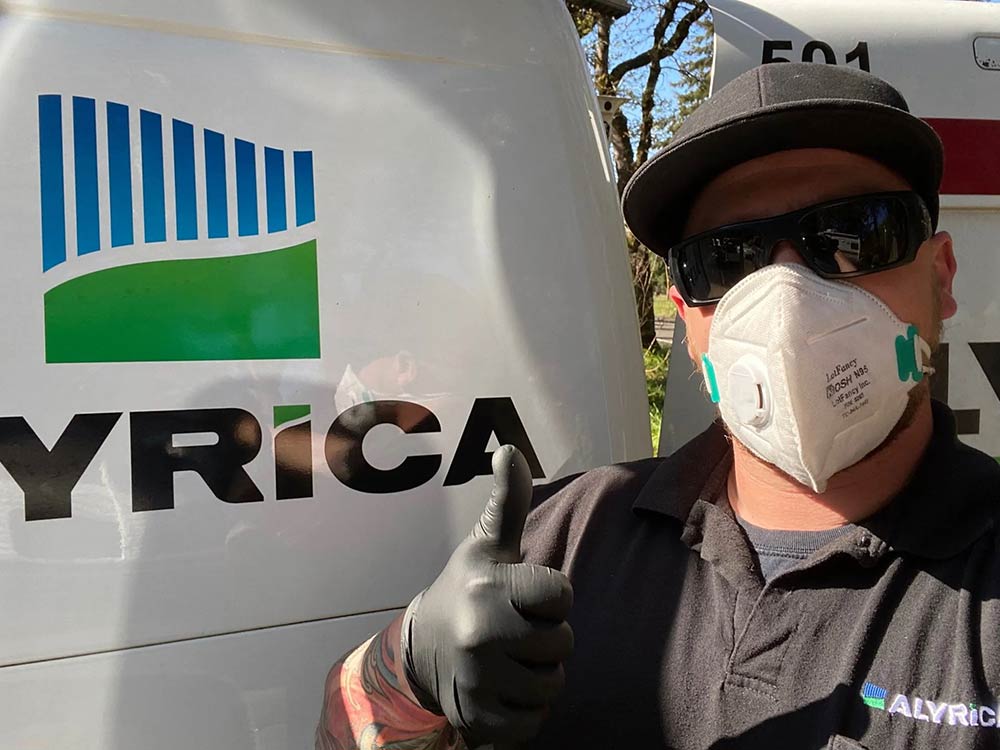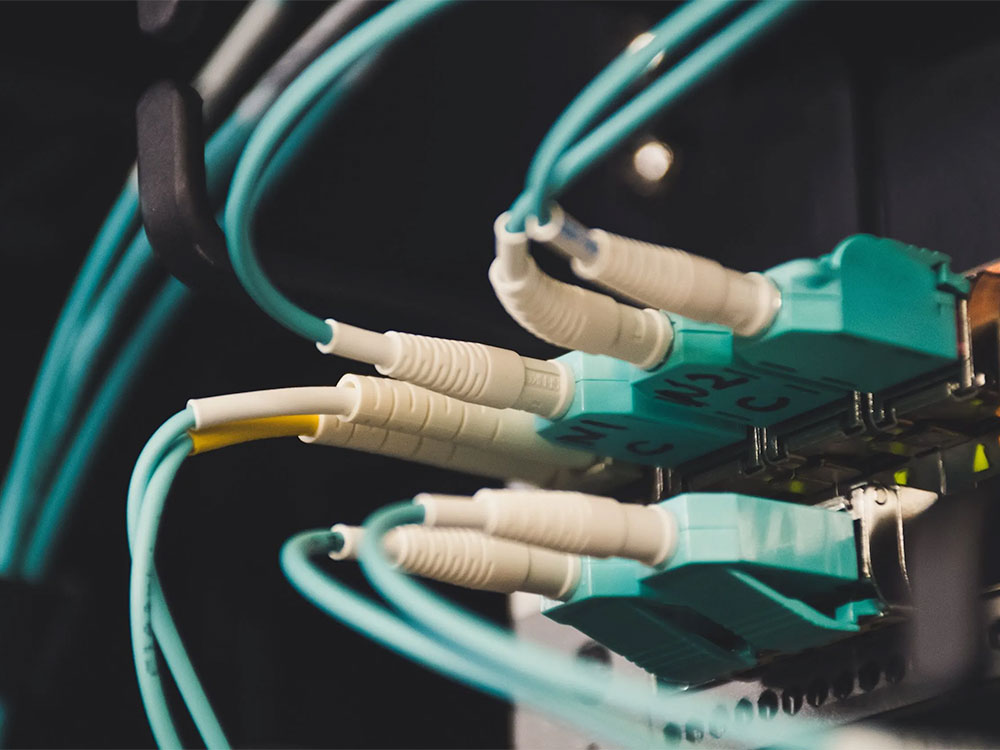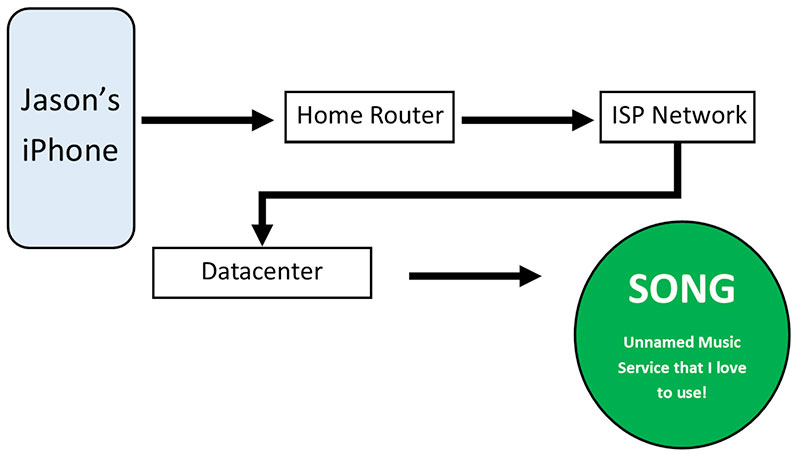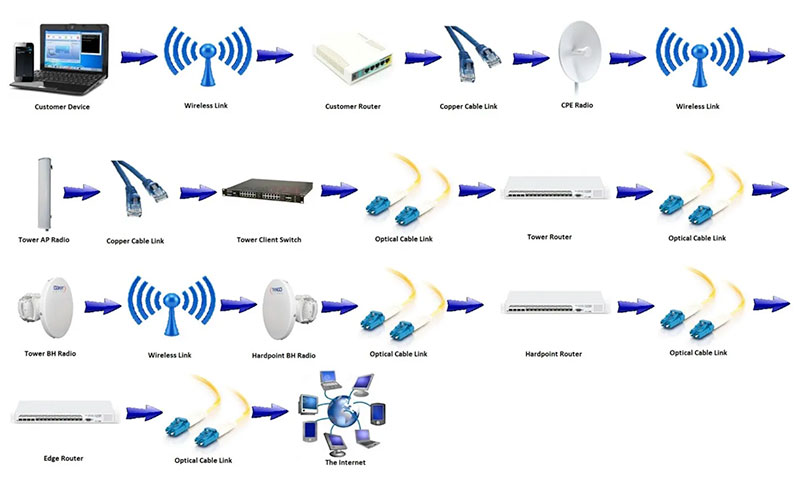
We wanted to give some practical notes for those that are wanting service at their home or business on what they can expect from us while on site for their Alyrica install.
Who are the people Alyrica serves best?
Being that Alyrica is a Wireless Internet Service Provider (WISP), many people think that we serve rural areas, or those that are not served by cable, fiber optic or modern DSL exclusively.
We absolutely can deliver a better internet experience to rural customers than many are experiencing. We also have found that many of our customers live in areas that have several good internet options. The reason that customers come to us in these areas is simply because we strive to offer the best customer service experience in telecommunications.
Great Internet Service + Great Customer Service = Alyrica
There are several things that we do and don’t do that customers appreciate as well.
- We DON’T have introductory pricing – introductory prices are there to hook you and then a few months down the road the price will go up 100% or more.
- We DON’T have taxes and fees – They are factored into the price of the service.
- We DON’T sell you on things you DON’T need – bandwidth, services, etc. We like being straightforward.
- We DO have a great phone service – residential and business phone systems. We can save businesses hundreds of dollars a month in some cases.
- We DO provide public static IP addresses – not everyone needs one, but it is complimentary for our business accounts and Gamer and above accounts.
What is involved in the Alyrica install process? What happens inside the home? How long will they be on site?
I completely understand people’s concerns with the COVID-19 situation, especially with people coming to your home, let alone inside your home! We have talked about in length about how we are ensuring everyone’s safety during this time in another post.
We have our 5 Step Process which outlines the customer’s relationship to Alyrica from start to finish, but we want to explain what the process looks like once they arrive. An average Alyrica install takes 2-3 hours.
The entire install process is written in an internal wiki page and isn’t as pretty, so here are some of the highlights:
Pre-Install Work
Outside the Home
- Installer arrives on site and checks in with the customer, letting them know they are at the house and will perform the signal check
- Installer checks for signal to our towers and locates the best possible installation location on the outside of the house
- Radio mounting location
- Cable path from outside to inside the house
Inside the Home
- Fill out paperwork for the installer to start his work
- Discuss best location for the router inside the house
- Paperwork completed
Actual Install Work
Outside the Home
- Install the radio mount and radio
Inside the Home
- Install the router, power injector
- Run the cable from router location to outside the house and up to the radio
- Crawl Space
- Attic
- Direct Entry (through the side of the house)
- Configure the connection to Alyrica’s network
- Test the connection and verify with the customer
What a customer can do to assist in the process to make the install as clean and quick as possible
As I am not a medical professional, these are just some good ideas that can help.
- Determine where you want the router to go inside your house and clean everything out of the way of where that will go so that the installer can work efficiently.
- Good Placement: Where most of your computing or entertainment use of the internet will be; i.e. an office, family room by the TV, etc.
- Bad Placement: In a closet in the basement on the far side of the house where no one goes. WiFi works best at closer range with as few walls to go through as possible.
- Turn off HVAC during the install and for 30 minutes after the installer performs his work inside. Since COVID-19 is considered ‘airborne’ (which is why the 6′ distancing rule) you want to make sure that anything in the air is not circulated throughout the house.
- After the install is completed, feel free to disinfect every new piece of equipment inside your house (a little isopropyl alcohol doesn’t hurt anything except viruses!)
- The installers all wear mask and gloves while they are in the house to make help ensure their safety and your safety.
We want to make sure that people can get connected and will stay connected throughout this ordeal and we are glad to help!
If you haven’t checked your location to see if you can get service, check out our Coverage Area or give us a call today: 541-929-3330!
Solution oriented, friendly customer service; that’s Alyrica!














